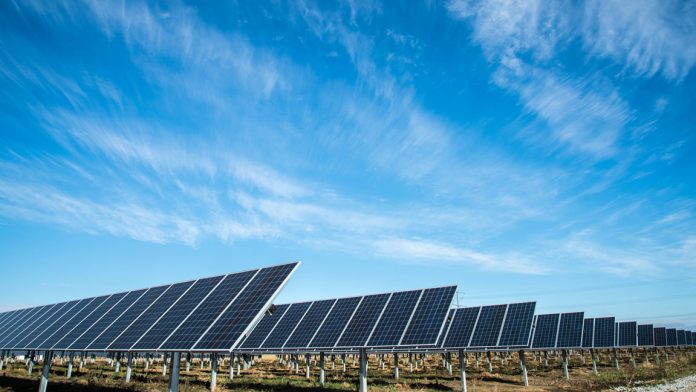Dubai — Petroleum Development Oman has begun operations of the sultanate’s first utility-scale solar power plant, which will free up 95.5 MMcm of natural gas for export annually at a time where the country’s oil revenue is dwindling due to the OPEC+ cuts and plummeting prices.
The $94 million Amin photovoltaic power plant in the south covers an area of 4 sq. km and can produce up to 100 MW of electricity from sunlight through solar panels. The generated energy will be sufficient to power 15,000 homes and could result in an annual CO2 emission reduction of more than 225,000 tons, which is the equivalent to taking 23,000 cars off the road, PDO said Sunday in a statement. The majority of electricity generation in Oman is via crude oil- (65%) and natural gas- (35%) fired power plants.
Revenue from the hydrocarbon sector accounts for about 80% of the sultanate’s national budget, which has been hit by years of low oil prices and is in deficit. The breakeven oil price needed to balance the budget this year is $85.90/b, according to the International Monetary Fund.
Following the new OPEC+ production cut deal agreed in April, Oman will cut 23% of its production during May and June. The drop is equivalent to Oman cutting 201,000 b/d for the two months, with a production quota of 682,000 b/d. Under the previous OPEC+ agreement that expired in March, Oman’s quota was 961,000 b/d. Oman is the largest producer in the Persian Gulf that is not a member of OPEC. It is, however, a member of the OPEC+ alliance.
Oman has had a gas surplus ever since the BP-operated Khazzan gas field came online in September 2017, producing 1 Bcf/d. Ghazeer, the second phase of the project, is due to come on stream and produce an additional 500 MMcf/d. It is currently ahead of its 2021 target. Oman LNG is undergoing a debottlenecking process, increasing export capacity from 10 million tons/year to about 11.5 million tons/year before the end of 2021.






